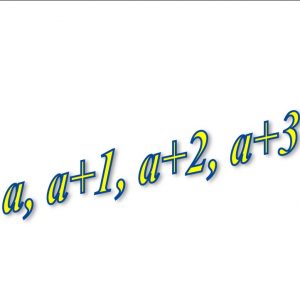Pair Products
 Choose four consecutive whole numbers, for example, 4, 5, 6 and 7.
Choose four consecutive whole numbers, for example, 4, 5, 6 and 7.
Multiply the first and last numbers together (28).
Multiply the middle pair together (30).
Choose different sets of four consecutive whole numbers and do the same.
What do you notice about the difference between the two products each time?
Choose five consecutive whole numbers, for example, 3, 4, 5, 6 and 7.
Multiply the first and last numbers together (21).
Multiply the second and fourth numbers together (24).
Choose different sets of five consecutive whole numbers and do the same.
What do you notice now about the difference between the two products?
 What happens when you take 6 or 7 or 8 , or … n consecutive whole numbers
What happens when you take 6 or 7 or 8 , or … n consecutive whole numbers
and compare the products.
Does this diagram of two rectangles help you to explain the findings?
Click here to download the PAIR PRODUCTS worksheet.
For the Notes for Teachers click here.
This problem is adapted from the NRICH task Pair Products with permission of the University of Cambridge. All rights reserved.
You can download the NRICH poster here.
South Africa COVID-19 News
Here is the official website for COVID-19 updates.
Login
SUPPORT AIMSSEC





